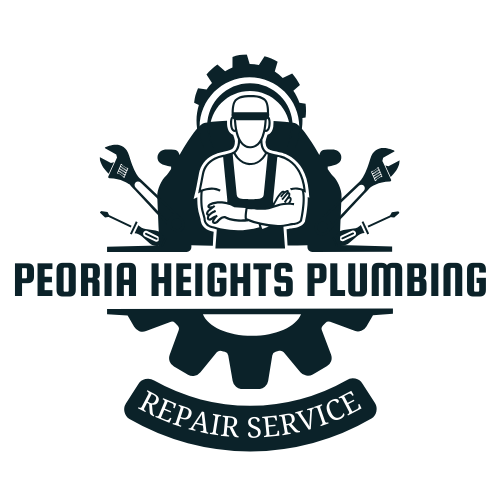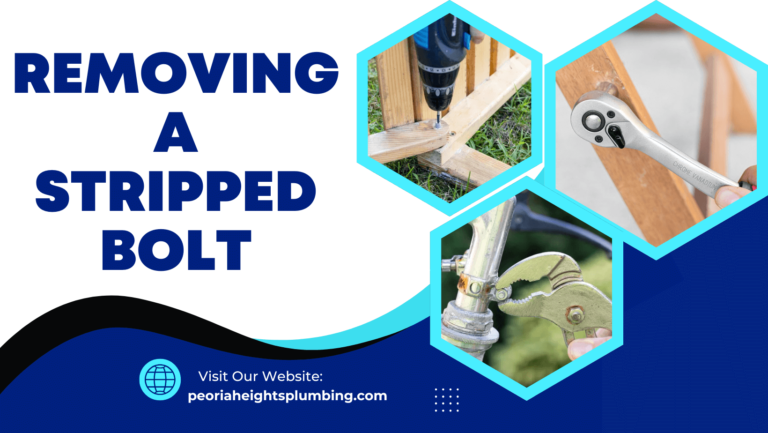The Ultimate Leak Repair Guide: Identify, Fix, and Prevent Leaks 2024
Did you know that a single leaky faucet can waste more than 3,000 gallons of water each year? That’s not just water dripping away—it’s your hard-earned money going down the drain! Leaks might start off small, but they can quickly turn into expensive repairs, structural issues, and soaring utility bills. In this Leak Repair Guide, you’ll discover how to spot, fix, and prevent leaks like a pro—whether it’s a bothersome dripping tap or a concealed pipe leak.
Let’s address those leaks step-by-step and protect your home (and budget) from unnecessary troubles!

Common Types of Plumbing Leaks
Before fixing a leak, you need to identify where it’s coming from. Here are the most common types of leaks:
Leaky Faucets
- Symptoms: Constant dripping, even when the tap is turned off.
- Cause: Worn-out washers, O-rings, or corroded valve seats.
- Tools You’ll Need:
Read also Best Plumbing Tools Under $50 in Illinois
Toilet Leaks
- Symptoms: Running water sound, water pooling around the toilet, or inconsistent flushes.
- Cause: Faulty flappers, worn-out seals, or damaged fill valves.
- Recommended Products:
Pipe Leaks
- Symptoms: Water stains on walls, ceilings, or floors; damp odors; or visible pooling water.
- Cause: Corrosion, cracks, loose connections, or freezing.
- Essential Tools:
How to Fix Common Plumbing Leaks
Fixing a Leaky Faucet
- Turn Off the Water Supply: Locate the shut-off valve under the sink and turn it off.
- Disassemble the Faucet:
- Remove the handle using a screwdriver.
- Take out the cartridge or washer, depending on the faucet type.
- Inspect and Replace Worn Parts: Replace old washers, cartridges, or O-rings.
- Use a quality Faucet Cartridge Replacement Kit.
- Reassemble and Test: Put the faucet back together, turn the water on, and test for drips.
Pro Tip: Always use the right-sized washers or cartridges for your faucet.
Fixing a Leaking Toilet
- Replace the Flapper: Faulty flappers are the most common cause of toilet leaks.
- Swap it out with this Universal Toilet Flapper Replacement .
- Adjust the Fill Valve: If water keeps running, replace the fill valve with a new one.
- Use a Toilet Tank Repair Kit for an easy fix.
- Tighten Tank Bolts and Seals: Inspect under the tank for leaks and tighten loose bolts.
Pro Tip: Use food coloring in the tank to identify flapper leaks quickly.
Fixing Pipe Leaks
- Shut Off the Water: Turn off the main supply to stop further damage.
- Patch Small Leaks: Apply Epoxy Putty or use a Pipe Repair Clamp for a temporary fix.
- Replace Damaged Pipes: For significant leaks, cut out the damaged section and replace it with a new one.
Pro Tip: A pipe repair clamp is an excellent temporary solution until a professional repair is done.
Must-Have Tools for Leak Repair
Having the right tools on hand makes DIY plumbing repairs much easier:
- Adjustable Wrench – Check on Amazon
- Pipe Repair Clamp – Buy Here
- Epoxy Putty – Best-Selling Epoxy Sealer
- Faucet Cartridge Repair Kit – Shop Now
- Toilet Flapper Kit – Replace Your Toilet Flapper
These tools are affordable, beginner-friendly, and help tackle most common leaks.
Preventing Future Plumbing Leaks
Prevention is the key to avoiding expensive repairs. Here’s how you can protect your plumbing:
- Regular Inspections: Check for early signs of leaks around faucets, pipes, and toilets.
- Install a Pressure Regulator: Prevent high water pressure from straining pipes.
- Pipe Insulation: Insulate pipes in cold areas to avoid freezing and bursting.
- Try this Foam Pipe Insulation Kit.
- Replace Aging Fixtures: Old faucets and pipes are prone to leaks. Upgrade them with quality fixtures.
5. When to Call a Professional Plumber
While DIY repairs work for small leaks, some situations require professional expertise:
- Persistent leaks despite repairs.
- Burst pipes or major water damage.
- Hidden or underground leaks.
- Complex water heater issues.
If you’re facing any of these problems, don’t hesitate to call a licensed plumber to avoid further damage.
Final Thoughts
Plumbing leaks are more than just annoying—they waste water, cost money, and can cause major damage to your home. By using this step-by-step guide, you can identify and fix leaks with confidence. For the right tools, check out the recommended products above to make your repairs smooth and hassle-free.
Ready to take action? Grab the tools you need and stop that leak today!
FAQs
How do I know if I have a hidden leak?
Unexplained high water bills, damp spots, mold growth, and low water pressure are common signs of hidden leaks.
What is the easiest way to fix a leaky faucet?
Replace the worn-out washer or cartridge. Use a faucet repair kit for a quick, DIY fix.
Can I temporarily fix a leaking pipe?
Yes! Use epoxy putty or a pipe repair clamp as a short-term solution until a permanent repair is made.
How often should I check for plumbing leaks?
Inspect your faucets, pipes, and toilets at least once every 3-6 months to catch leaks early.
When should I call a plumber for a leak?
Call a professional if leaks are persistent, there’s major water damage, or you can’t locate the source of the leak.







